International Trade Revolutionizes North Carolina’s Sweetpotato Industry
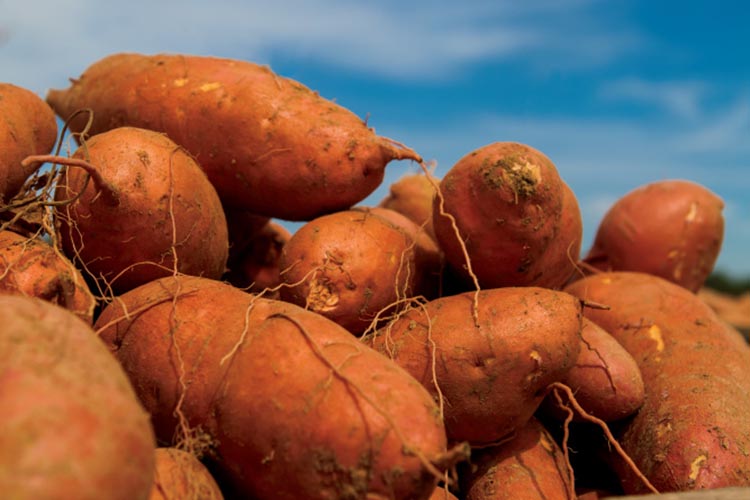
Photo credit: Michael Conti
Across the ocean, restaurants and grocers throughout the United Kingdom serve and sell sweetpotatoes grown on Dewey Scott’s sixth-generation family farm in Wilson County, North Carolina.
“When we began to dabble in the international market in the late ’90s, we originally did it because I thought it was cool to see our product go across the water,” says Scott, who manages sweetpotato operations for Scott Farms. “It has developed into a linchpin of how we handle our product.”
International trade represents 50% of the farm’s sweetpotato business and has revolutionized operations for Scott Farms in North Carolina, the nation’s top sweetpotato state since 1971. In 20 years, exports have driven the farm’s fourfold expansion to grow 4,000 acres of sweetpotatoes, process 6,000 acres’ worth, and employ 450 people who plant, harvest, process, and pack.
“How we handle things has an international focus in mind,” says Dewey, who owns the farm with his parents, Sonny and Alice, and brother, Linwood. “International trade has allowed us to be what we are today, and it will be the reason we grow in the future.”

Linwood Scott grows sweetpotatoes with his family at Scott Farms in Lucama; Photo credit: Nathan Lambrecht
Excellent Exports
North Carolina exported $2.8 billion in agricultural products in 2019, according to Michelle Wang, international marketing specialist with the North Carolina Department of Agriculture & Consumer Services (NCDA&CS).
China, Canada and Mexico represent the biggest buyers of North Carolina farm products, most commonly purchasing meat, tobacco, wood products and vegetables.
“I think a lot of people have not realized that exports are a big component of our agriculture industry,” Wang says. “Agriculture remains the largest and biggest economy in North Carolina. The industry supports nearly 700,000 jobs and employs 17% of the state’s workforce. Exports are very important to the state’s economy in that regard.”
In terms of sweetpotatoes, North Carolina accounts for nearly 60% of U.S. production, yet 80% of international sales, Wang says.
In the last few years, foreign nations collectively have purchased more than $150 million annually in North Carolina sweetpotatoes. The United Kingdom consistently tops the list, buying more than one-third of the export volume, according to WISERTrade. The Netherlands, Canada and Belgium round out the top four buyers.
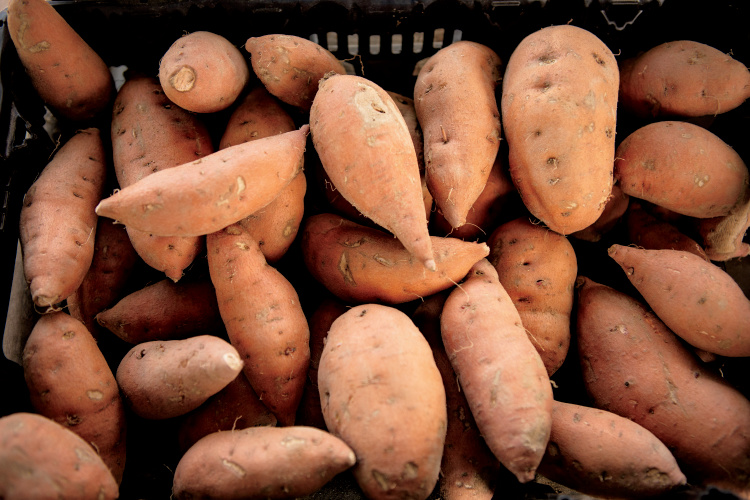
Photo credit: Jeffrey S. Otto
North Carolina Agriculture Commissioner Steve Troxler understands the importance of international trade for sweetpotatoes and other agricultural products.
“I believe that capturing 100% of the world market is better than capturing 5% of it,” Troxler says. “North Carolina agriculture competes at the highest level in every market around the world, and the best way to raise prices paid to North Carolina farmers at the farm gate is to make sure they have access to the world market. That is why I make international trade a priority.”
Wang agrees. “Ultimately, international agricultural trade contributes to the prosperity of farmers, industries and consumers,” she says.
See more: What’s the Difference Between a Sweetpotato and a Yam?
Sweetpotatoes Across the Pond
Brenda Oglesby has witnessed the explosive market growth of North Carolina sweetpotatoes over her 40-plus years of sales in the industry.
“It’s phenomenal,” says Oglesby, chairperson of the North Carolina Sweetpotato Commission’s Promotions Committee. “They are in grocery stores now everywhere in Europe. In the beginning, it was rare to find a sweetpotato and, when you did, they were from Israel. The quality and appearance were nowhere near as good as ours.”
She credits NCDA&CS for helping elevate the sweetpotato’s status in Europe. After trade shows and lots of public relations, Europeans started adding sweetpotatoes to their diets.
“A sweetpotato is so versatile; you can fix it as a dessert, you can fix it as a vegetable and it’s very healthy,” Oglesby says. “I don’t see that international sales can go anywhere but up. When you think about it, most everybody in the U.S. knows what a sweetpotato is. Still, not everyone knows what a sweetpotato is in the U.K.”

Photo credit: Doug Kapustin
In 2006, Scott Farms opened an international office in the United Kingdom to sell half its annual sweetpotato crop across Europe.
“Having people on the ground on that side of the Atlantic has been one of the best things we’ve ever done,” Scott says. “It’s our own people who can manage the quality and give customers half a world away direct contact with their producer.”
In 2015, the family opened a 60,000-square-foot packing and shipping facility, allowing the farm to size potatoes and package them to the preferences of retailers, restaurants, and food service businesses in each country. The farm’s offerings continue to evolve to meet customer demand, which impacts how the product is packaged or produced, including an organic line of sweetpotatoes.
“There is really big interest in people knowing a lot more about their food and where it comes from,” Scott says. “We’ve tried to reach the end consumer to let them know who we are.”
See more: North Carolina Sweetpotatoes Take Root
In recent years, China has purchased more than $500 million in North Carolina agricultural products, easily making the Asian nation the state’s No. 1 customer. Taking the next two spots are Canada and Mexico, which collectively purchased $550 million in North Carolina farm goods in 2019. Korea’s purchases have grown in recent years, pulling it ahead of Japan, since the U.S.-Korea Free Trade Agreement in 2012.Where Do North Carolina’s Crops Go?

Meat exports consistently rank as the No. 1 valued farm export in North Carolina, one of the nation’s biggest pork and poultry states. Sources: wisertrade.org, NCDA&CSTop Farm Exports
Highest Valued NC Ag Exports, 2019:
– Joanie Stiers



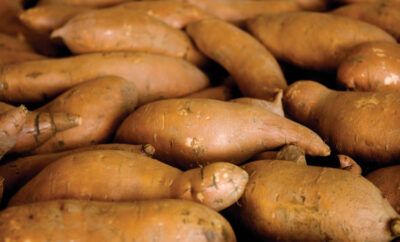
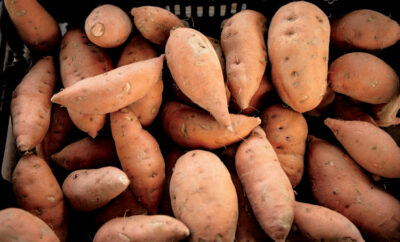

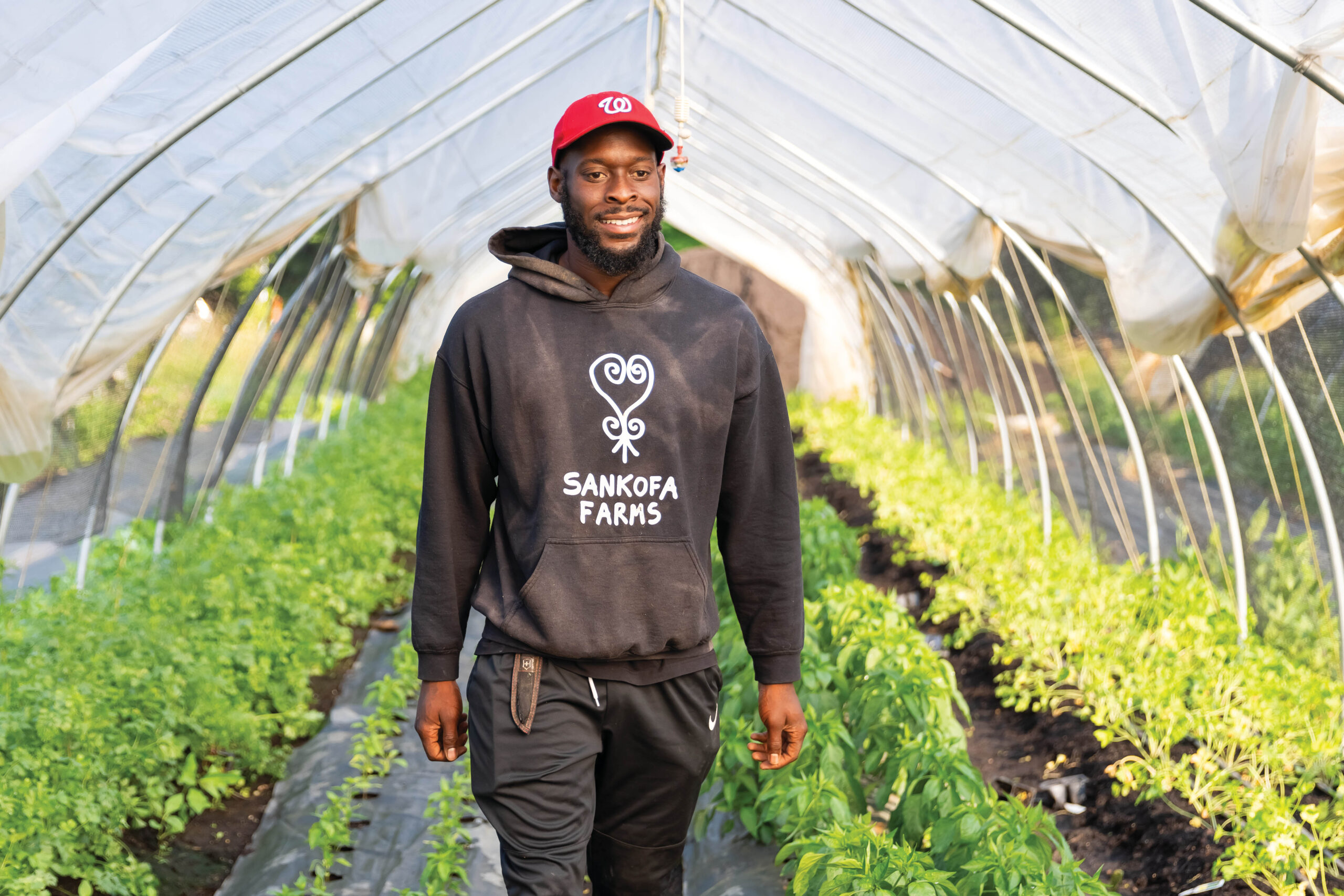

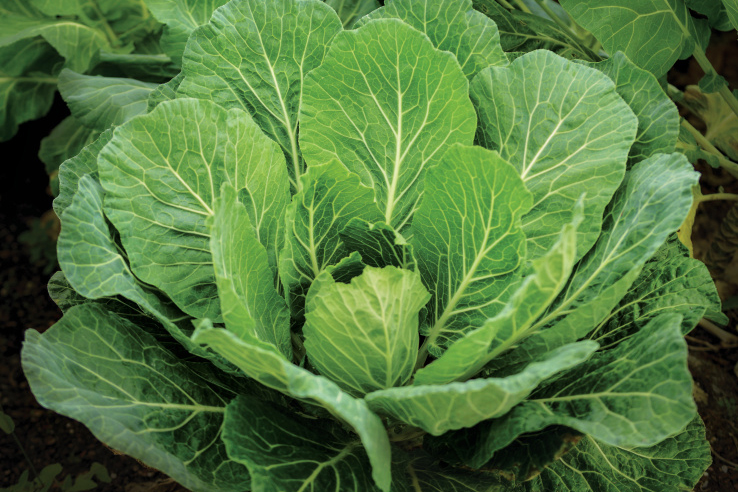



 North Carolina Field and Family magazine highlights farms and foods, events and attractions, and interesting people and places throughout the state.
North Carolina Field and Family magazine highlights farms and foods, events and attractions, and interesting people and places throughout the state.
Leave a Comment